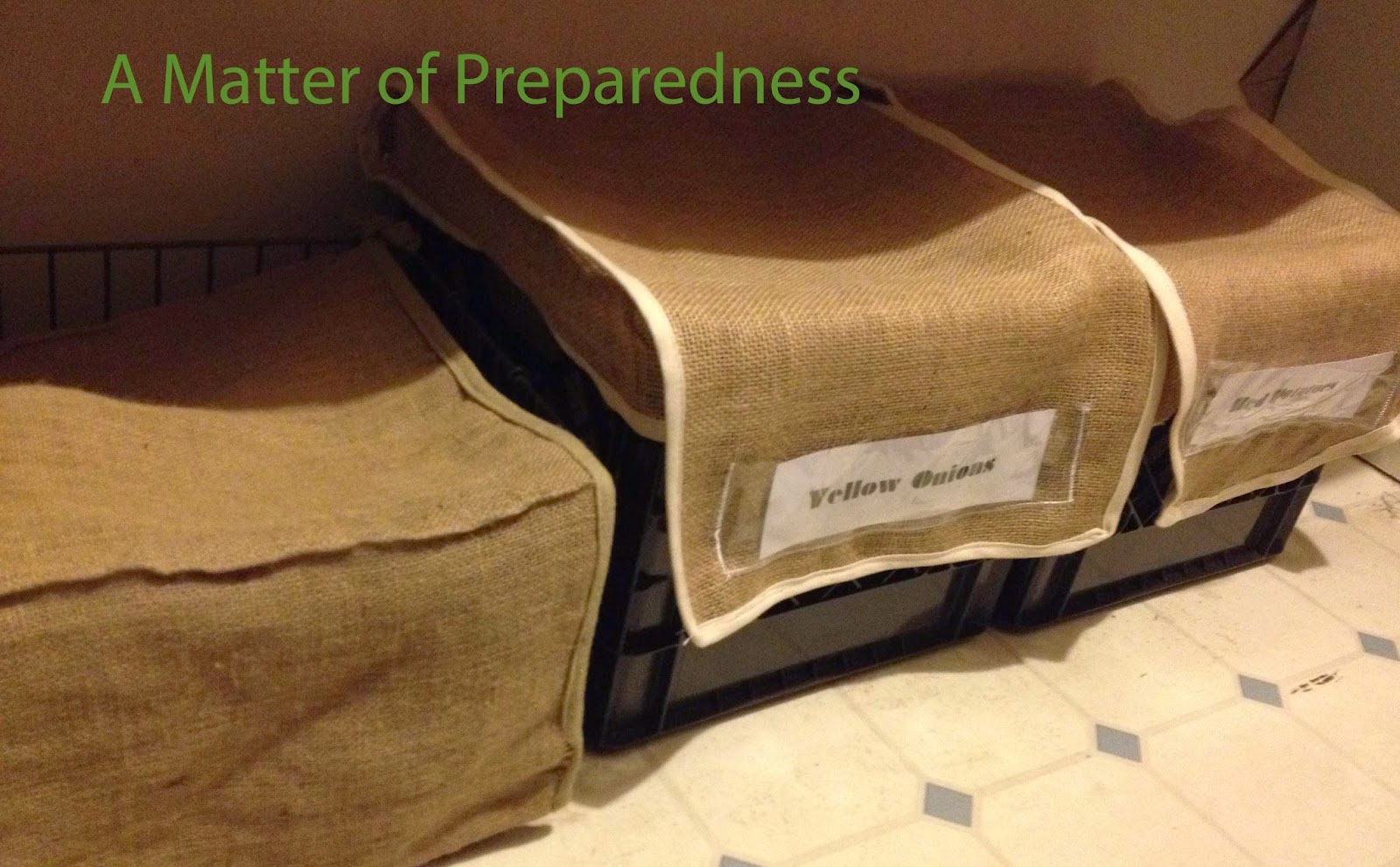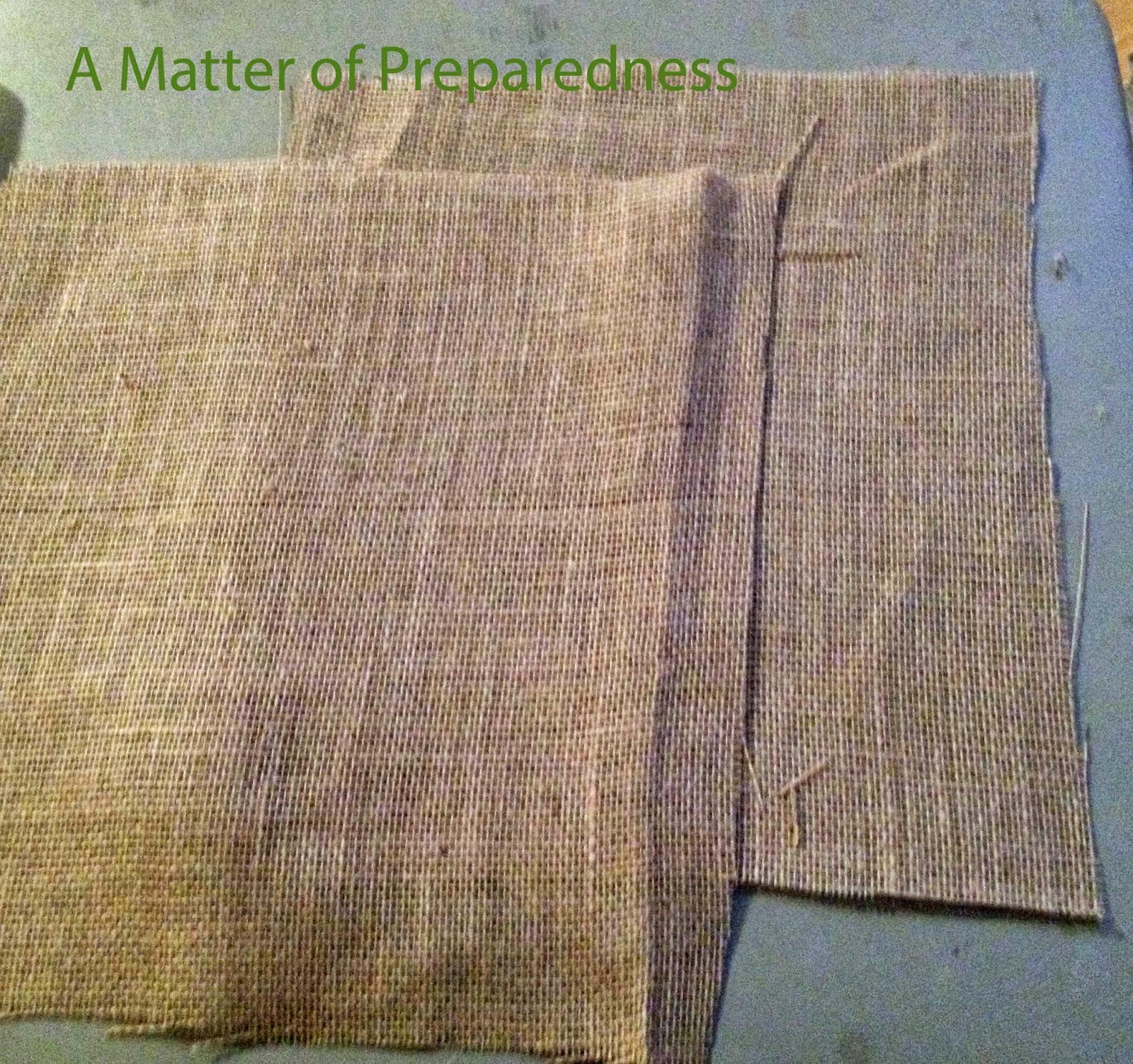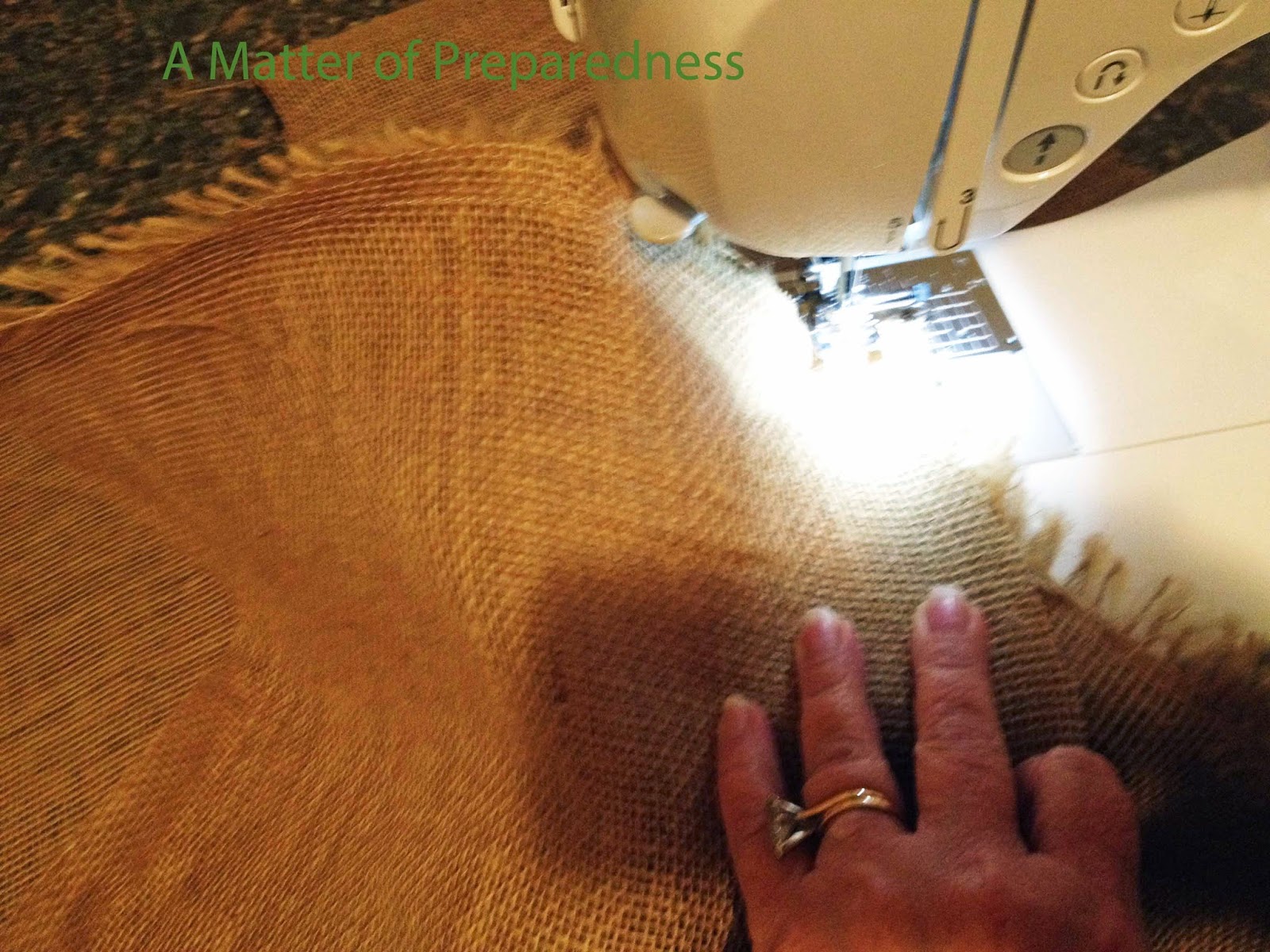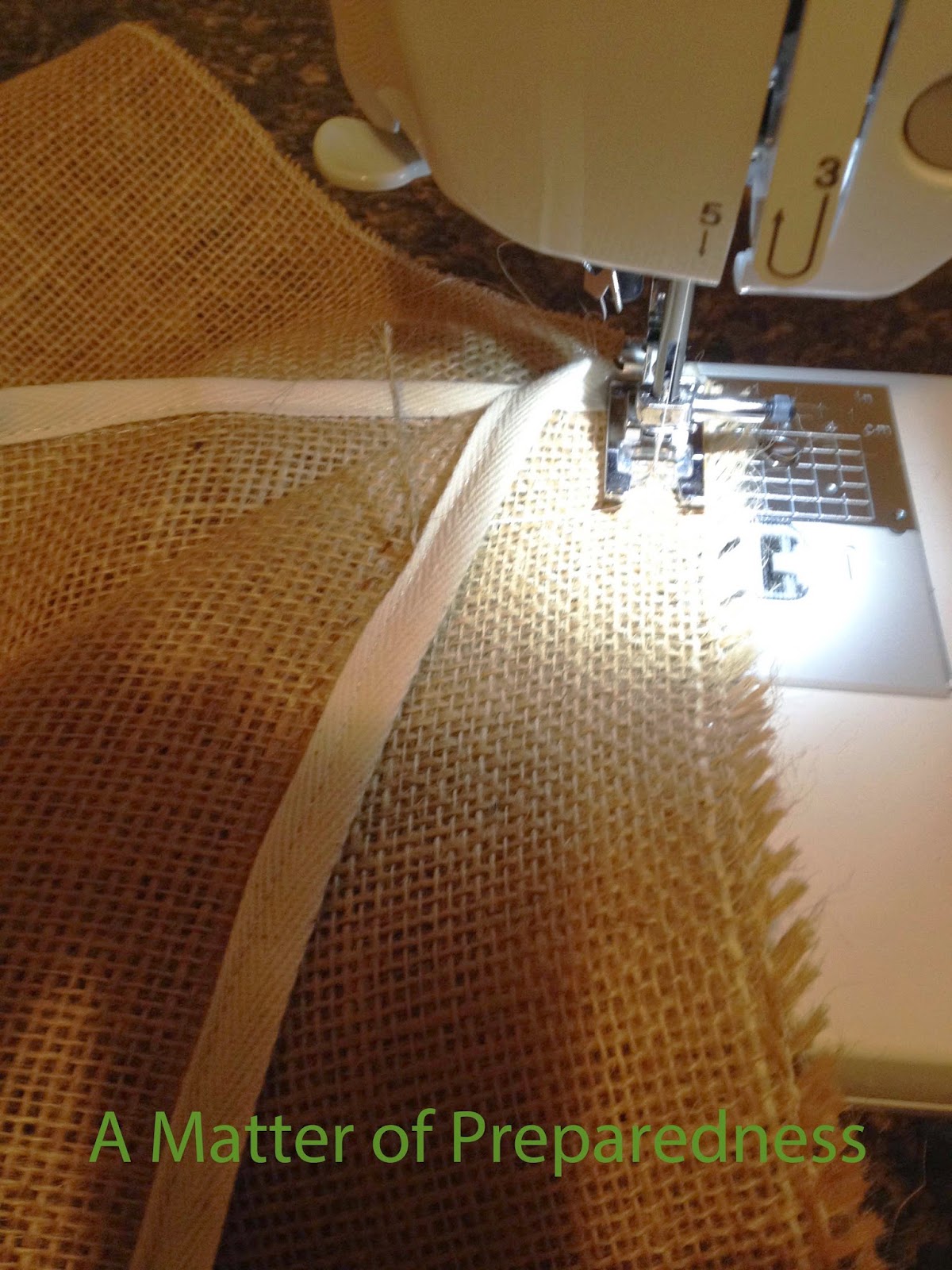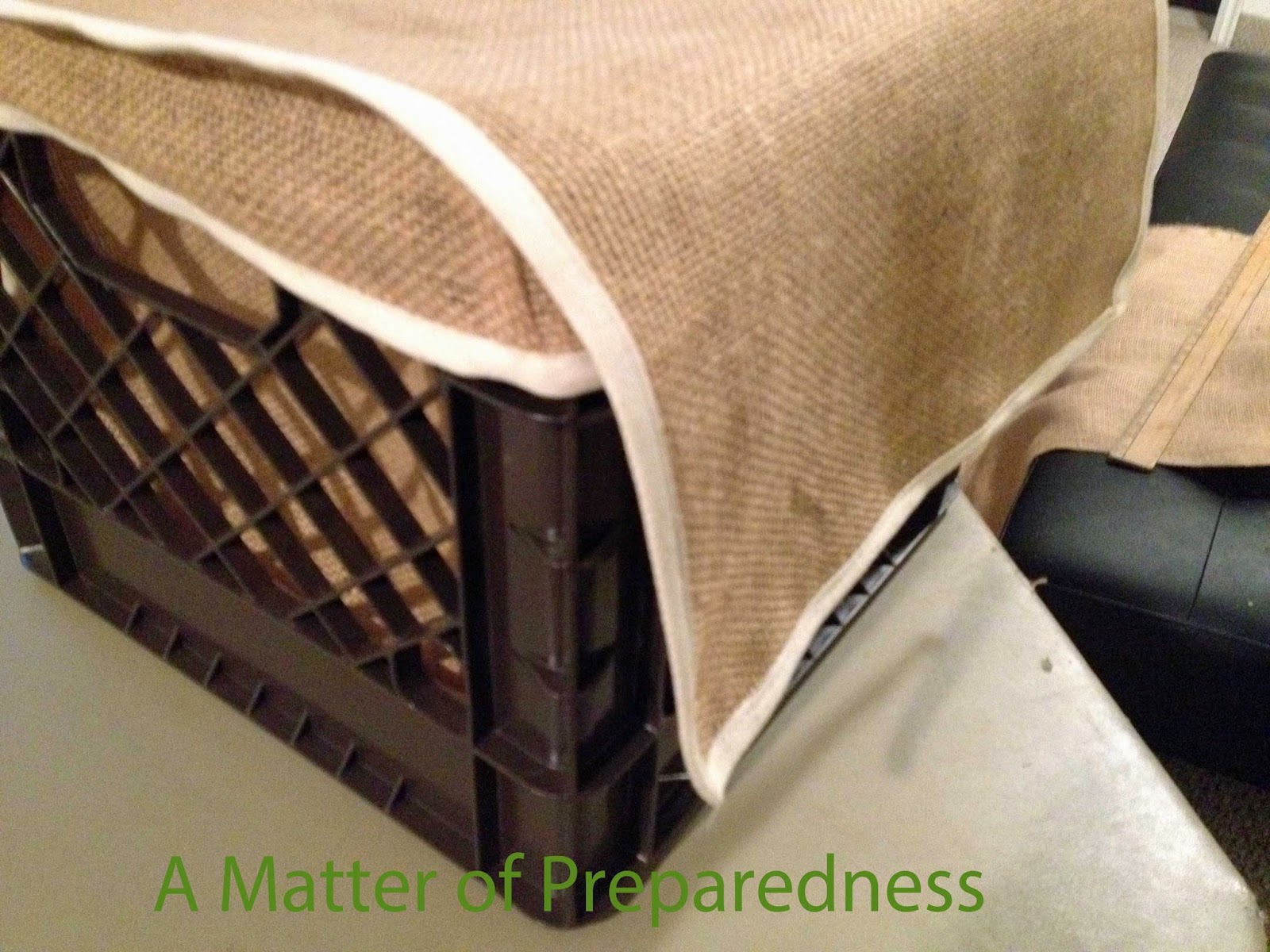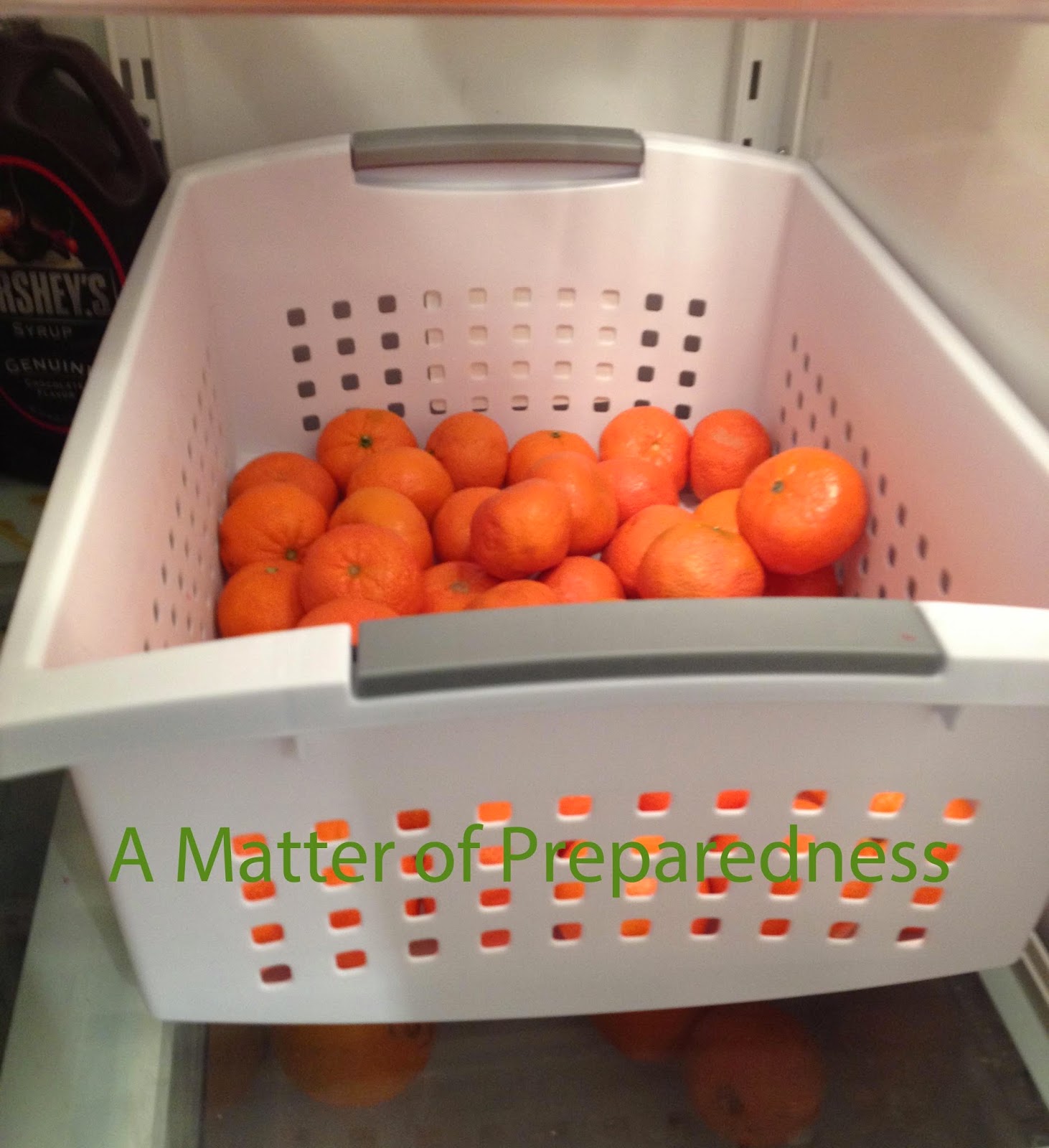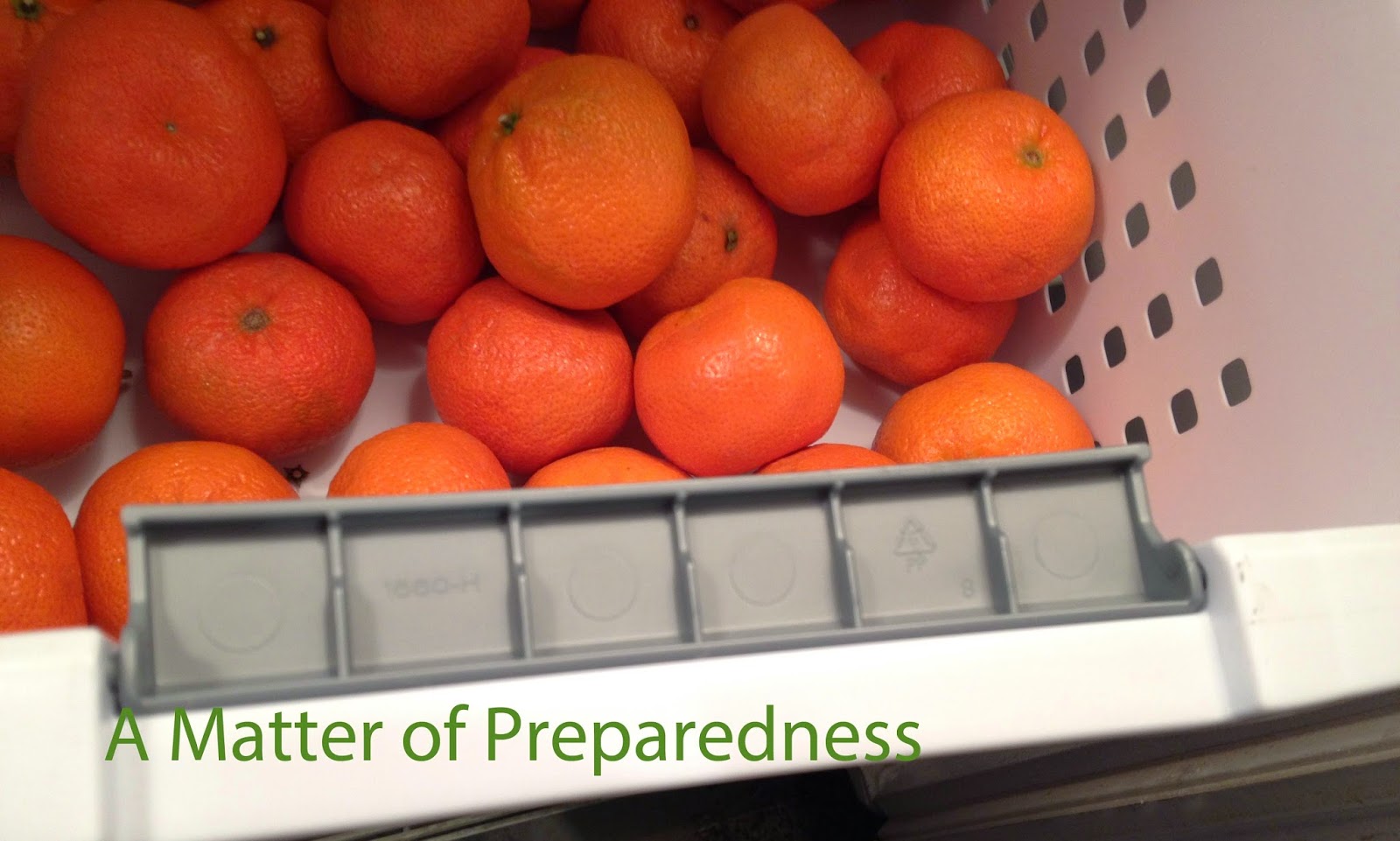
I am an urban girl....I live in a small city in a neighborhood. I am also someone who likes to be prepared for life's little bumps and bruises. Today I am going to focus on a Storing your harvest...in a type of Root Cellar.
Portable Root Cellar....
In a previous post, I share my excitement about a "Root Vegetable Bin" from Gardner's Supply Company. I have used it a great deal and have felt that it was a good purchase. However, I wanted to take the concept and expound upon it without making this purchase multiple times.
In case you are unfamiliar with a "Root Cellar", it's purpose is to preserve vegetables, fruits, and other foods. I remember going on a Sunday drive with my Mother in her little home town. She stopped at a mound on the side of the road and informed me that this was her parent's Root Cellar and that they stored their harvest to preserve it over the long winter. At the time, I had this very rude thought "I'm glad I don't have to do that". Fast forward a few years and hopefully with a healthy dose of maturity, I now see the wisdom of this time-tested method of storage. The challenge for our family is that our home is built on top of a primitive river bed complete with lots of rocks. Just to give you an idea of what it is like, when the basement for this house was dug....I remember driving up and thinking that Fred and Wilma Flintstone were going to pop out any minute because of the many large boulders and round stones that had been unearthed.
Since so many people may not have the option of having their own root cellar because of where they live, I want to share an option that I have found to be very versatile and successful.
I ordered Milk Crates and Natural Twill Tape online. You will need just under 6 yards of twill tape for each of these units. I also purchased Burlap at my local big box store for $2.19 a yard. Once the Milk Crates arrived, I measured the width and height of these units. I decided to cut the Burlap in the following manner.
I measured 2 sides and the bottom of the crate. Each side was 10.5 inches high and 13 inches across the bottom. I decided to add them all together and add a few more inches for the design I had in mind. In ended up cutting a long piece that was 36 inches by 14 inches which will allow for 1/2 inch seam allowance on the sides.
I began sewing the long piece around 3 sides of one square. I did the same for the 2nd square.
See how it starts to take on a cube shape?
See how it starts to take on a cube shape?
Note how the raw seams are on the outside. As such, you have a very clean look on the inside. Because I am a bit OCD, I serged all edges because I didn't want the Burlap to fray. This could also be done by using a zig-zag stitch. I then encased the raw edges of the seams with the twill tape. You can do this by folding the tape in half around the seam and top-stitching the tape to the burlap.
I cut a piece of burlap that was 14 x 20 inches. I then sewed the twill tape around the 2 long sides and one short side of this piece. This will serve as the top of the cube.
Here I am sewing the raw edge of the top piece to the edge of the long piece used of the bottom (that makes 3 sides of the bottom cube--not the square pieces).
Just as an FYI, fold the edge of the tape over and top-stitch to your burlap edges/seams. After sewing the top to the bottom, encase the top edge of your lining/cube by top-stitching the twill tape on all four edges.
I inserted the burlap liner into the Milk Crate. Notice how I folded the liner over the top of the crate by a couple of inches. This keeps the liner from collapsing on itself.
See how the top pieces folds over the edge and hangs down. Would you like to know why?
Here is the reason why. I sewed long pockets of clear vinyl on the flap. I used a tight zig-zag stitch along the 2 sides and bottom of the clear pocket. This leaves the top edge open to insert a label. Note that I printed labels to insert into the pocket to identify the contents. Note how easily you can stack these on top of each other. The Milk crate and the burlap allow good airflow around all sides of the unit.
Note that I tried both square corners and rounded corners. The rounded corners stretched quite a bit. When I make more, I will try rounded corners again and stay stitch the corners to hold the fabric steady while the twill tape is applied. I like the rounded corners because it makes quick work when sewing on the twill tape...no mitered corders to sew!
Here you can see that these fit very well on the floor of my Pantry. This is usually a dark room and the floor is the coolest part of the room. I keep onions and potatoes there as I use these foods often in my cooking.
During the winter, the Garage is very cool. Here I can stack them just outside the garage door. The cool temperatures are enjoyed by your root crops.
Here is another option I can use. I put them down in my basement storage room that has cement walls and floors. It is cool in there. I have this little alcove that allows me to stack several of these. Because they are labeled, I can quickly see what I have. It is important to keep a spray bottle handy here to keep the burlap damp for certain crops like Carrots. If you put damp burlap in a pile and then place your carrots between little the damp layers, the carrots will last longer. Spraying the burlap periodically keeps it nice and damp. Some folks store Carrots etc in damp sand. I chose not to do this as it can fall through the burlap and make a mess. Remember that OCD thing?
I cut a piece of burlap that was 14 x 20 inches. I then sewed the twill tape around the 2 long sides and one short side of this piece. This will serve as the top of the cube.
Here I am sewing the raw edge of the top piece to the edge of the long piece used of the bottom (that makes 3 sides of the bottom cube--not the square pieces).
Just as an FYI, fold the edge of the tape over and top-stitch to your burlap edges/seams. After sewing the top to the bottom, encase the top edge of your lining/cube by top-stitching the twill tape on all four edges.
I inserted the burlap liner into the Milk Crate. Notice how I folded the liner over the top of the crate by a couple of inches. This keeps the liner from collapsing on itself.
See how the top pieces folds over the edge and hangs down. Would you like to know why?
Here is the reason why. I sewed long pockets of clear vinyl on the flap. I used a tight zig-zag stitch along the 2 sides and bottom of the clear pocket. This leaves the top edge open to insert a label. Note that I printed labels to insert into the pocket to identify the contents. Note how easily you can stack these on top of each other. The Milk crate and the burlap allow good airflow around all sides of the unit.
Note that I tried both square corners and rounded corners. The rounded corners stretched quite a bit. When I make more, I will try rounded corners again and stay stitch the corners to hold the fabric steady while the twill tape is applied. I like the rounded corners because it makes quick work when sewing on the twill tape...no mitered corders to sew!
Here you can see that these fit very well on the floor of my Pantry. This is usually a dark room and the floor is the coolest part of the room. I keep onions and potatoes there as I use these foods often in my cooking.
During the winter, the Garage is very cool. Here I can stack them just outside the garage door. The cool temperatures are enjoyed by your root crops.
Here is another option I can use. I put them down in my basement storage room that has cement walls and floors. It is cool in there. I have this little alcove that allows me to stack several of these. Because they are labeled, I can quickly see what I have. It is important to keep a spray bottle handy here to keep the burlap damp for certain crops like Carrots. If you put damp burlap in a pile and then place your carrots between little the damp layers, the carrots will last longer. Spraying the burlap periodically keeps it nice and damp. Some folks store Carrots etc in damp sand. I chose not to do this as it can fall through the burlap and make a mess. Remember that OCD thing?
What do you store together?
It may come as a surprise to some of you that you do not traditionally store fruits and root vegetables together. This is because many fruits give off Ethylene gas which can encourage the root vegetables to ripen and spoil. You have seen where I keep my root vegetables. Now let me show you one option that we use for our fruits.
This is a Sterilite container measuring 17 1/8 x 12 7/8 x 7 1/4 inches. I purchased these at the local big box store. I like how sturdy they are and how they are also perforated allowing the Ethylene gas to escape each time I open the refrigerator door.
I was very pleased with the fact that the handles can fold toward the inside and to allow stacking these units on top of each other.
See how these stack so nicely and fit into the refrigerator that we have in our garage.
I have read that placing these items in tubs (wrapped in newspaper) with a tight fitting lid helps to keep the Ethylene gas contained.
Take Home Points:
- These units are very portable. I love that they can serve you in a variety of places and will be sturdy enough to hold many different crops.
- The Burlap can be washed and air-dried if it gets soiled.
- I calculate that each Milk-Crate unit costs about $11.00 to make. Compare that with the Root Vegetable Bin that costs over $35.00 for a smaller unit.
- This options allows you to store your harvest and preserve it even without the benefit of an underground root cellar. Not everyone has an underground option where they may live.
Consider it!

The Prepared Bloggers Network is at it again! We're glad you've found us, because the month of April is all about homesteading.
Homesteading is a lifestyle of self-sufficiency. It is characterized by growing your own food, home preservation of foodstuffs, and it may even involve the small scale production of textiles, clothing, and craftwork for household use or sale. Most importantly homesteading is not defined by where someone lives, such as the city or the country, but by the lifestyle choices they make.
The Prepared Bloggers are passionate about what they do and they each have their own way of achieving self-sufficiency. Grab your favorite drink and enjoy reading about the 30 Ways of Homesteading!
Crops on the Homestead
Straw Bale Gardening from PreparednessMama
Crop Rotation for the Backyard Homesteader from Imperfectly Happy
Benefits of Growing Fruit from SchneiderPeeps
Succession Planting: More Food in the Same Space from 104 Homestead
Crops to Grow for Food Storage from Grow A Good Life
Winter Gardening Series from Our Stoney Acres
How To Build a Raised Garden Bed For Under $12 from Frugal Mama and The Sprout
How to Save Carrot Seeds from Food Storage and Survival
Animals on the Homestead
Getting Your Bees Started from Game and Garden
Homesteading How-To: Bees from Tennessee Homestead
How to Get Ready for Chicks from The Homesteading Hippy
Selecting a Goat Breed for Your Homestead from Chickens Are a Gateway Animal
Adding New Poultry and Livestock from Timber Creek Farm
Beekeeping 101: 5 Things To Do Before Your Bees Arrive from Home Ready Home
How to Prepare for Baby Goats from Homestead Lady
How to Prevent and Naturally Treat Mastitis in the Family Milk Cow from North Country Farmer
Tips to Raising Livestock from Melissa K. Norris
Raising Baby Chicks - Top 5 Chicken Supplies from Easy Homestead
Making the Homestead Work for You - Infrastructure
Ways to Homestead in a Deed Restricted Community from Blue Jean Mama
Building a Homestead from the Ground Up from Beyond Off Grid
DIY Rainwater Catchment System from Survival Prepper Joe
Finding Our Homestead Land from Simply Living Simply
I Wish I Was A Real Homesteader by Little Blog on the Homestead
Endless Fencing Projects from Pasture Deficit Disorder
Essential Homesteading Tools: From Kitchen To Field from Trayer Wilderness
Homesteading Legal Issues from The 7 P's Blog
Why We Love Small Space Homesteading In Suburbia from Lil' Suburban Homestead
Preserving and Using the Bounty from the Homestead
How to Dehydrate Corn & Frozen Vegetables from Mom With a Prep
How to Make Soap from Blue Yonder Urban Farms
How to Render Pig Fat from Mama Kautz
How to Make Your Own Stew Starter from Homestead Dreamer
Why You Should Grow and Preserve Rhubarb! from Living Life in Rural Iowa

Continue reading at the original source →




